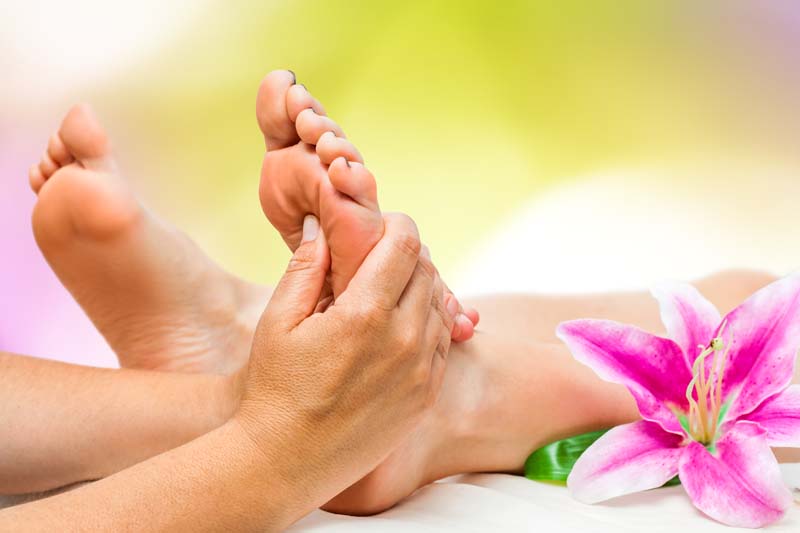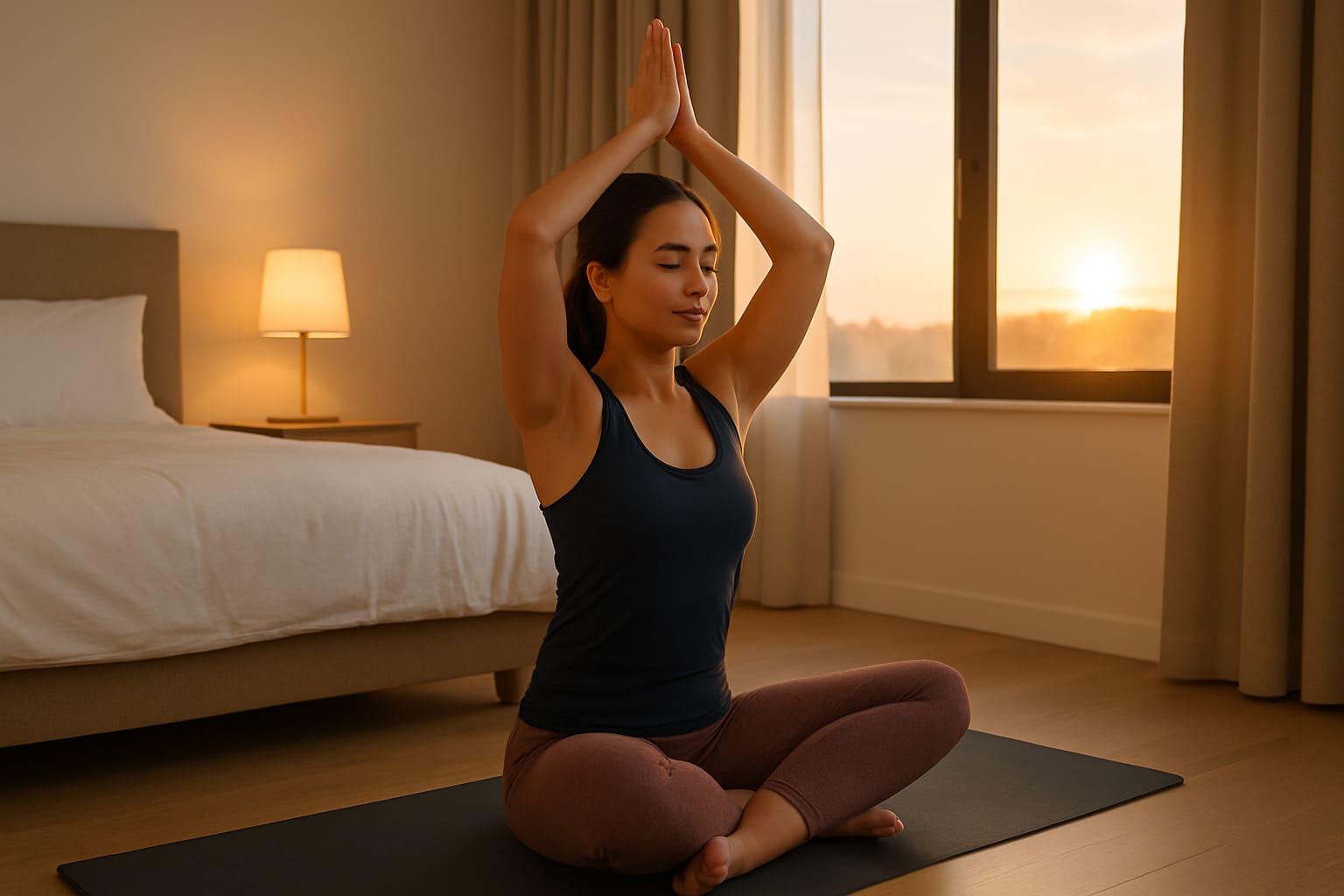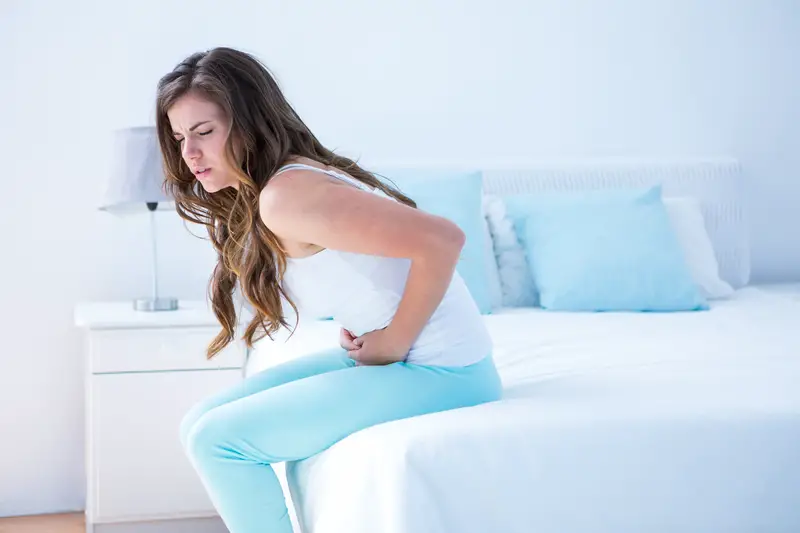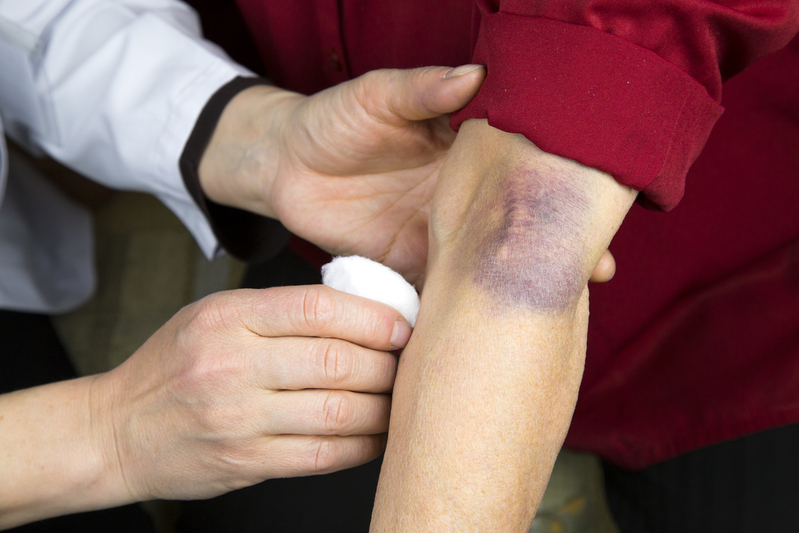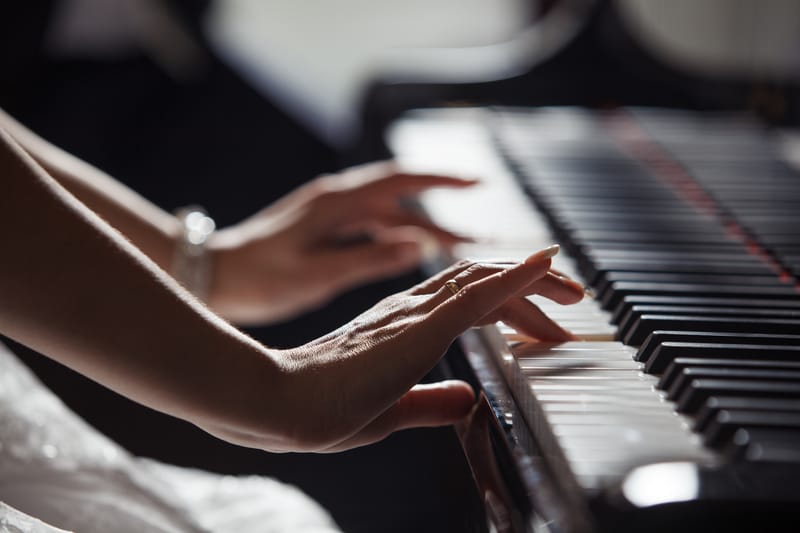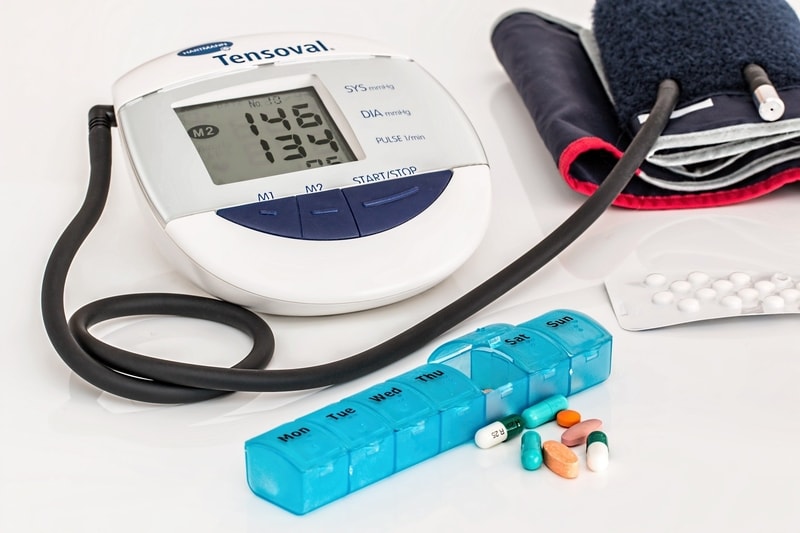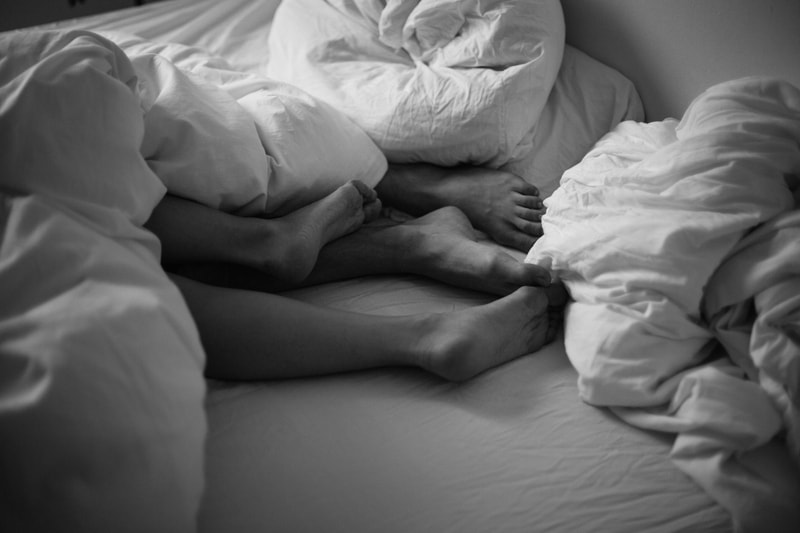Traditional Chinese Medicine (TCM) has identified twelve major meridians governing the human body. These meridians, also known as “primary” meridians, are considered pathways for Qi and Xue of the human body. These meridians contain acupuncture points that provide access to different parts or organs of the body to provide relief through acupressure or acupuncture. Most acupuncture points are located in either hands or feet, and one of these points is the Kidney 1 Acupuncture Point. It is also known as the “Yong Quan Point”, which lies in the kidney meridian.
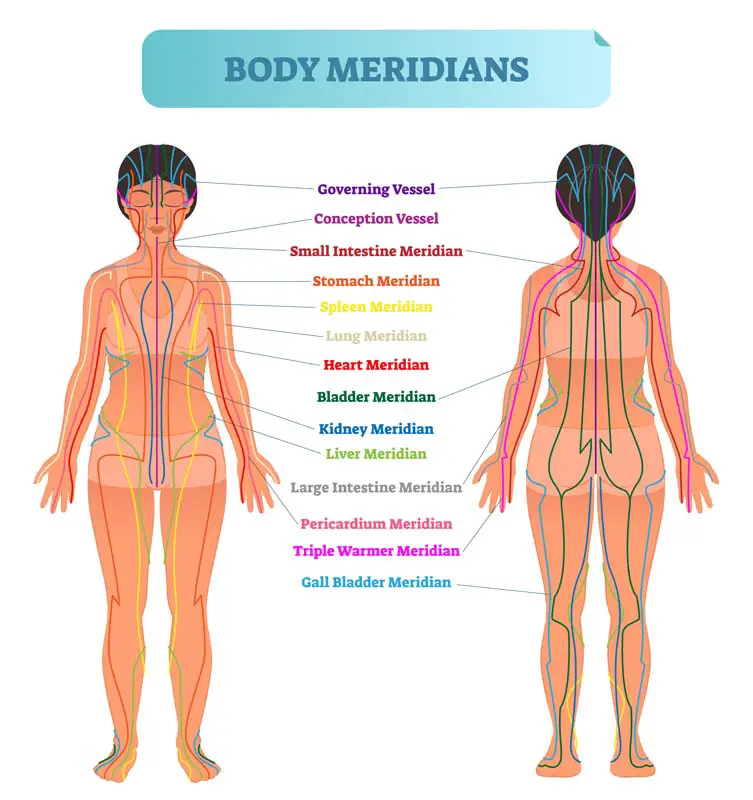
In reflexology, the Yong Quan Point is identified as the acupuncture point that is most helpful in promoting blood and qi circulation in our body. Along with the Yong Quan point, other acupuncture points used in foot reflexology are Spleen 6 Acupuncture Point or “Sanyinjiao Point” and Bladder 57 Acupuncture Point or “Chengshan Point”. Among the three acupuncture points mentioned, experts agree that the Kidney 1 Acupuncture Point is the best acupuncture point to utilize in foot reflexology. Here’s why:
Acupoint: KI-1 (Other Names: Kidney-1/Yong Quan/Gushing Spring)
The KI-1, which is located on the sole, is identified as the point where the human body’s pulse is released. This pulse is released similar to spring water bursting from the ground, hence the term “Yong Quan”, which means “gushing spring”.
In the foot reflexology, pressing the Yong Quan point allows the flow of accumulated qi and blood from the head to the body. This flow helps achieve a “Cool Head, Warm Feet” state, relieving the human body from any symptom. Additionally, being a part of the kidney meridian, stimulating the K1 point improves kidney function and, thus, the body’s overall state.
Location of K1 Point on Foot
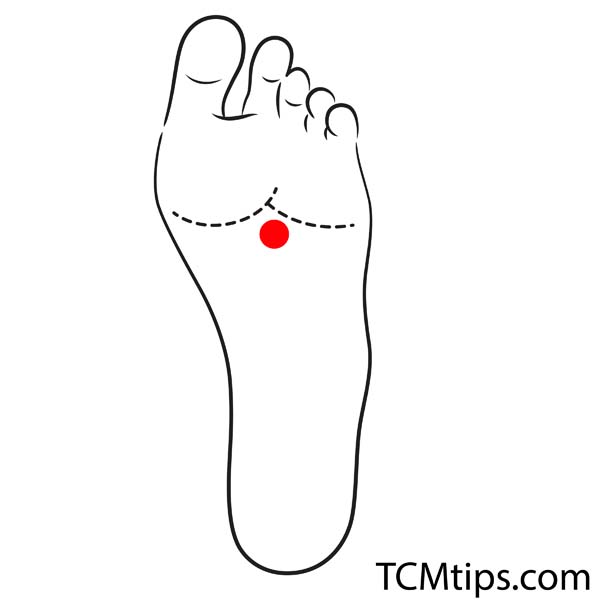
The K1 point can be best located when the foot is in plantar flexion. Specifically, the acupuncture point is in the depression between the 2nd and 3rd metatarsal bones. It is at the junction of the anterior ⅓ and posterior ⅔ of the line connecting the base of the 2nd and 3rd toes and the heel. This is the illustration of its location:
Benefits of Application of Acupressure on Kidney 1 Acupuncture Point or Yong Quan Point
Simply massaging Kl-1 improves the feet’s blood circulation. With improved circulation, the feet are warmer and aids the human body, especially when it is in a cold environment or season. Other than blood circulation, here are some benefits of applying acupressure on K1 Point:
- Relieves common symptoms such as headache, dizziness, fatigue, and soreness.
- Relieves insomnia and intense emotions such as anger and irritation.
- Improves urination pattern, menstrual cycle, and hair loss.
- Enhances physical condition and spiritual mind. It is commonly used in reflexology for hip pain.
- Reduces the growth and appearance of white and gray hair.
- Together with SP5 acupuncture point, they help to detox the spleen.
How to Apply Acupressure on Kidney 1 Acupuncture Point or Yong Quan Point
Here is how you can apply acupressure on the KI-1 acupuncture point:
- Wash the feet with warm water and pat them dry. This will soften your skin and more comfortable to massage.
- Locate the Kidney 1 Acupuncture Point and put it in between your thumb and fingers.
- Knead and massage the point in a circular motion. Make sure to put enough force on the point.
- Put yourself in a comfortable sitting position and practice deep breathing. Relax your body when you inhale and during exhale, press the Yong Quan point using your thumb.
- Repeat this 5 to 8 times while trying to push towards your toes.
Other activities that can help stimulate the Yong Quan point are engaging in sports activities such as basketball, volleyball, and even skipping ropes.
Acupoint: SP-6 (Other Names: Spleen-6/San Yin Jiao/Three Yin Intersection)
The Sanyinjiao Point is part of the spleen meridian and is also used by many reflexologists to alleviate any discomfort felt within the foot. Applying acupressure at this point is especially beneficial to women who are suffering pain or discomfort during their periods. However, the Sanyinjiao point is not recommended to be accessed during pregnancy because applying any form of force might induce labor.
Location of SP6 Point
The SP6 or Spleen 6 Acupuncture Point is located above the ankle area, 3 cuns above the medial malleolus posterior to the tibia’s medial border. Below is an illustration of the location of Sanyinjiao Point:
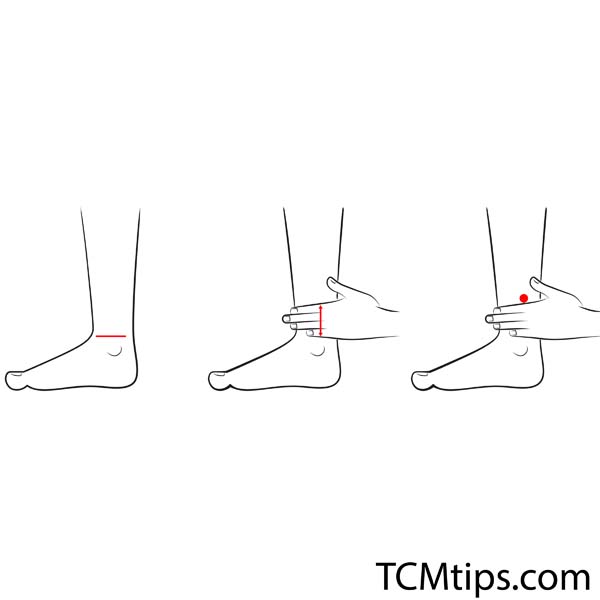

Benefits of Applying Acupressure on Spleen 6 Acupuncture Point or “Sanyinjiao Point”
Just like the Yong Quan point, one of the benefits of stimulating Sanyinjiao Point is blood circulation. Due to its location, pressing and rubbing will promote blood circulation in the leg’s calf area.
Other benefits include:
- Relief of pain, nausea, and headache.
- Alleviate menstrual disorders and improvement of women’s general health.
- Resolves dampness by toning the spleen and stomach.
- Improves the psychological state of the body.
How To Apply Acupressure on Spleen 6 Acupuncture Point or “Sanyinjiao Point”
To apply acupressure on the Sanyinjiao Point, follow the steps below:
- Locate the highest point of the ankle.
- From that point, put four finger-widths up to your leg. The point should be behind the bone (Tibia).
- Using your thumb, apply pressure to the point by making small circular motions for 4-5 seconds.
- Repeat the procedure above 5-8 times on both legs.
Acupoint: Bl-57 (Other Names: Urinary Bladder-57/Cheng Shan/Support the Mountain)
The Bladder 57 Acupuncture Point or “Chengshan Point” is another acupuncture point used by foot reflexologists to relax the calf muscles. It is part of the bladder meridian and is also accessed if there are hemorrhoids and constipation. Massaging and stimulating the Chengshan point helps alleviate the foot’s pain due to trauma or a neurological disorder.
Location of BI57 Point
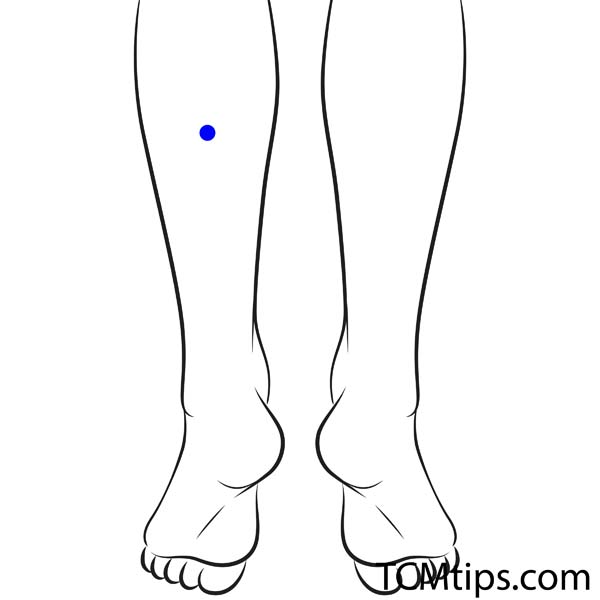
The Chengshan Point is located at the back of the calf, at the midpoint between the back of the knee and Achilles tendon. It is halfway between the Bladder Acupuncture Point 40 (Weizhong) and Bladder Acupuncture Point 60 (Kunlun). The point can be easily located in the depression formed below when the gastrocnemius muscle belly is flexed. Here is an illustration of its location:
Benefits of Application of Acupressure on Bladder 57 Acupuncture Point or “Chengshan Point”
In foot reflexology, the Chengshan point is massaged to release or relax tensed calf muscles. It also has other benefits to the human body when it is stimulated, such as:
- Relief of lower back pain.
- Alleviates any pain or tensed muscles in the calf and heel.
- It helps in relieving the body from hemorrhoids and constipation.
- Relaxes the sinews of the foot and legs.
How To Apply Acupressure on Bladder 57 Acupuncture Point or “Chengshan Point”
- Using the illustrated guide, try to locate the Chengshan point.
- Using the thumb or pointing finger, apply firm pressure, and keep it stationary at the point for about 1-2 minutes.
- You should know that enough pressure is applied because it will feel like a piercing pain when used.
Related Posts

Try our Anti-Aging Gua Sha Tool designed to bring out your skin’s natural glow.
Best Gua Sha Product- Anti-Aging: The tool is designed to target 11 specific aging signs such as wrinkles and sagging skin. By following the 7-step routine, users can improve skin firmness and reduce fine lines naturally.
- Enhances Skincare Routine: It works effectively with serums and lotions, boosting absorption and efficacy of skincare products.
- Visible Skin Improvement: Users can expect a smoother complexion, reduced puffiness, and a more youthful appearance.
 P. Sze
P. Sze 